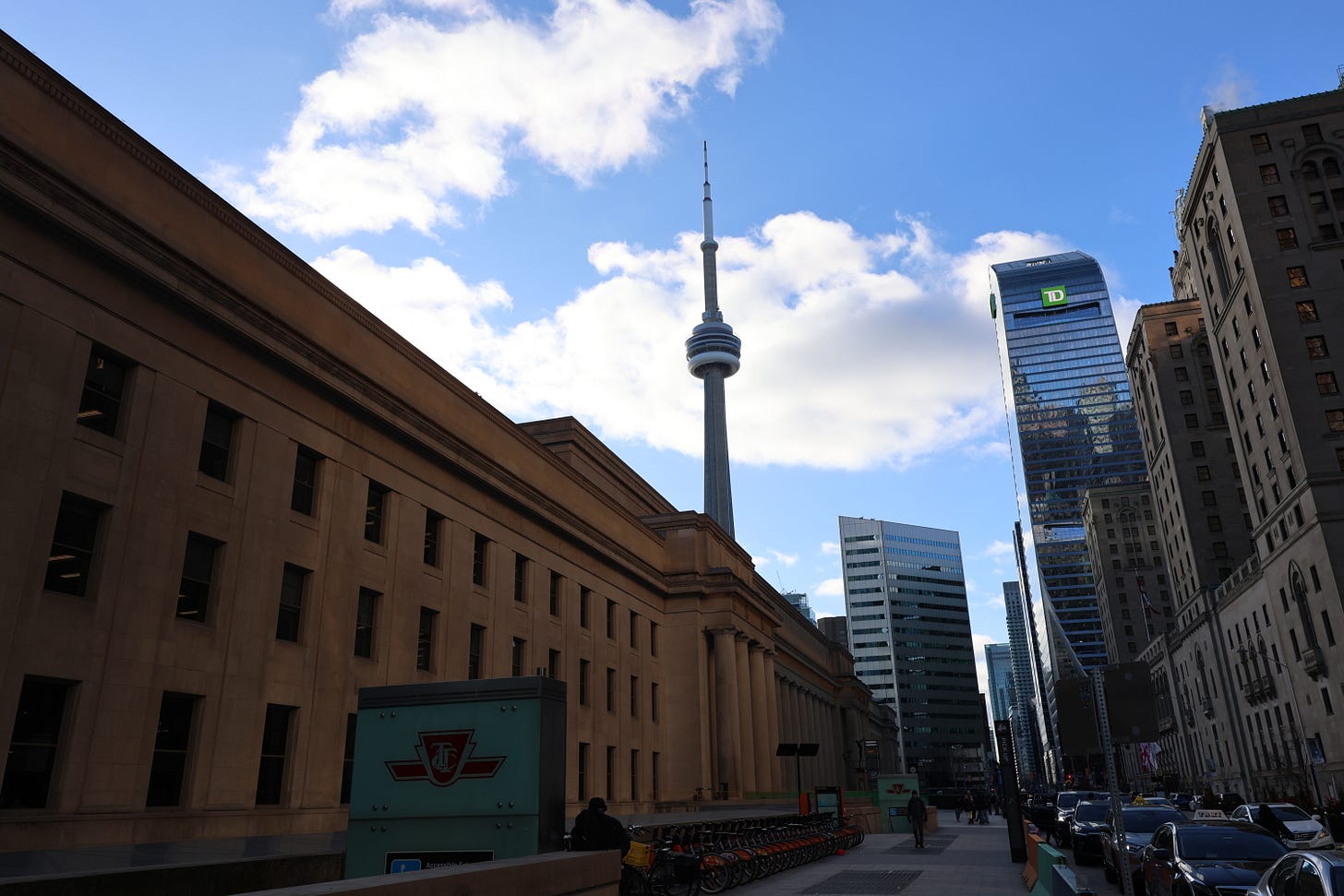The Canadian economy starting of 2025
Is it a Soft Landing or Just a Temporary Respite?
Canada's economic outlook remains mixed, with notable strengths and significant challenges ahead. As the country emerges from the pandemic's grip, the economy appears to be stabilizing, but uncertainties persist. The near-term future of Canada's economy faces a volatile mix of geopolitical tensions, internal economic imbalances, and international trade dynamics.
The possibility of economic slowdowns, particularly if the U.S. follows through on its threat to impose tariffs, could put the country on a precarious path.
A Soft Landing Amidst Uncertainty
Canada has managed to achieve a relatively soft landing following the global disruptions of the past few years. The economy has stabilized, inflation is gradually returning to target, and unemployment rates remain low. However, Canada's economic outlook is still fraught with risks. Rising inflation and increasing interest rates have placed significant financial pressure on households, especially in housing markets where affordability is an ongoing issue.
Despite positive growth figures, many Canadians are feeling the financial strain, as wages have not kept pace with the cost of living. Household debt levels remain high, and regions such as Ontario and British Columbia continue to face housing shortages. These factors could undermine long-term growth and pose challenges for any future economic recovery.
Geopolitical Risks and Trade Tensions
The possibility of tariffs being imposed by the incoming U.S. administration under President Donald Trump poses a significant risk to Canada's trade-dependent economy. Trump's threat to impose a 25 per cent tariff on Canadian imports has created anxiety among Canadian businesses, with estimates suggesting that such tariffs could shrink Canada's GDP by $78 billion. If these tariffs are enacted, Canada could see its economic prospects decline considerably, potentially leading to a recession by mid-2025.
In response, Prime Minister Justin Trudeau has established a Canada-U.S. Relations Council, which includes representatives from various sectors, such as agriculture, business, and labour unions. The council aims to help the Canadian government navigate the potential fallout from the tariffs and other trade disruptions. Its goal is to mitigate the effects on Canadian businesses and consumers while advocating for Canada's economic interests in Washington.
A Post-Trudeau World: Economic Reforms and Political Shifts
Looking beyond the current Liberal government, many Canadians are already contemplating a post-Trudeau world. The policies that have shaped Canada’s economy in recent years, such as progressive social programs and ambitious environmental targets, could face challenges from future leadership, particularly under a Conservative or right-leaning administration.
Economists are divided on whether Canada’s fiscal policies under Trudeau are sustainable in the long run. While the government’s investments in healthcare, infrastructure, and clean technology have been lauded, critics argue that these spending initiatives are not enough to address Canada's deeper structural issues. With high inflation, rising national debt, and a looming recession, some worry that Canada's economic trajectory might face a significant downturn, especially if global economic conditions worsen.
Moreover, the shift in U.S.-Canada relations under President Trump presents additional uncertainties. Trump’s rhetoric, which has included suggestions that Canada might eventually become the 51st U.S. state, adds a layer of unpredictability to the bilateral relationship. If such ideas gain traction in U.S. political circles, the implications for Canada’s sovereignty, economic independence, and global standing could be profound. Canada’s current economic policies and trade agreements, which have sought to position the country as a trusted partner and advocate for free trade, might need to be reevaluated in a future dominated by a more isolationist U.S. administration.
Balancing Strengths and Weaknesses
Despite these challenges, Canada’s economy also shows resilience. The country’s natural resources, clean energy initiatives, and technological advancements offer a growth path, particularly in sectors such as artificial intelligence, clean technology, and critical minerals. These industries present opportunities to diversify Canada’s economy away from its reliance on traditional energy sectors.
Additionally, Canada's reputation as a stable and relatively attractive destination for immigration remains a key strength. The country’s diverse labour force and relatively low levels of political unrest make it an appealing place for talent from around the world. However, as immigration levels increase, the government must address the growing strain on housing, healthcare, and infrastructure to ensure that newcomers can successfully integrate into Canadian society.
The Economic Path Forward: How Will Canada Adapt?
While the immediate future presents significant economic challenges, Canada's path forward will largely depend on how effectively the country can navigate these turbulent times. A key factor in Canada’s success will be maintaining strong international trade relationships, particularly with the United States, while also addressing domestic issues such as housing, healthcare, and inequality. Additionally, Canada’s transition to a green economy—despite inconsistencies in its energy policies—will necessitate careful coordination among the government, industry, and labor groups.
The future remains unpredictable, and Canada’s economic trajectory will be influenced by a mix of domestic policies and international developments. Whether Canada can withstand the pressures of rising inflation, tariffs, and global competition is uncertain. The coming years will be critical in determining if Canada can achieve a soft landing or if it will face more severe economic challenges ahead.


